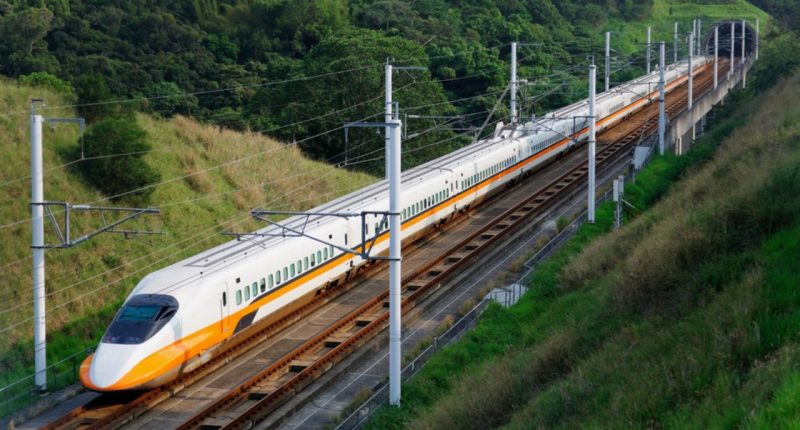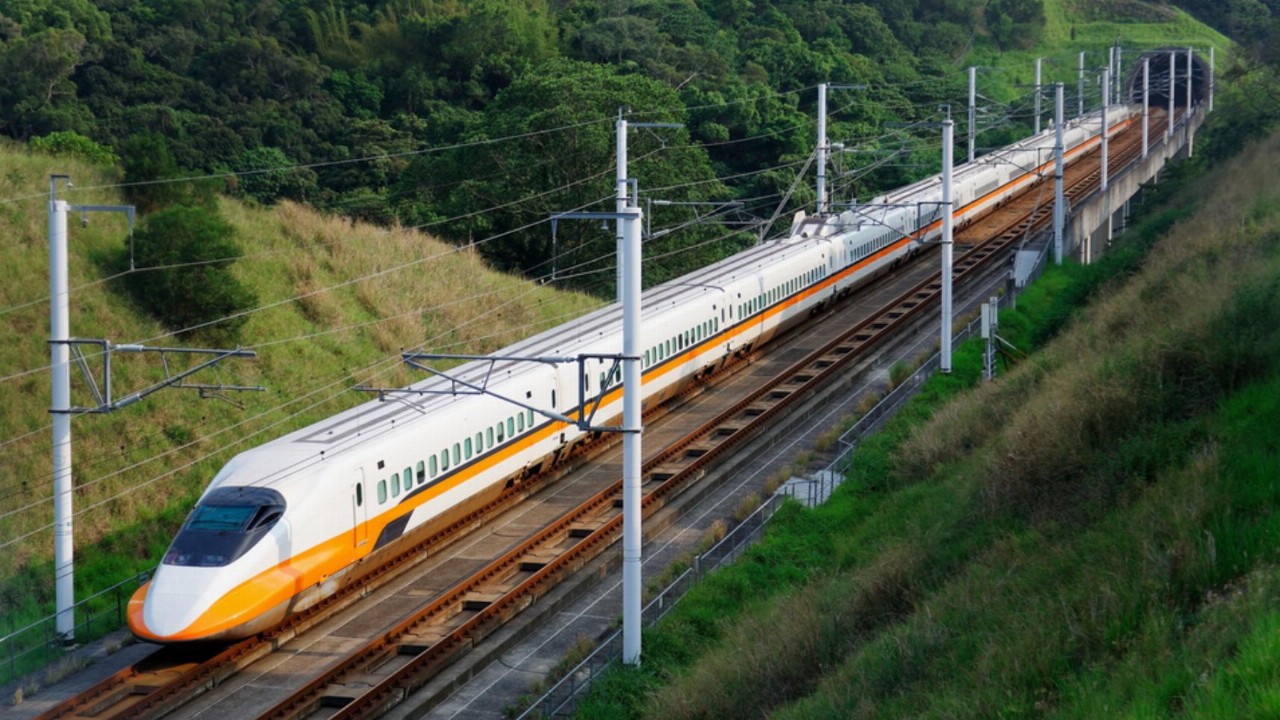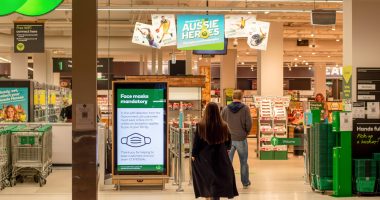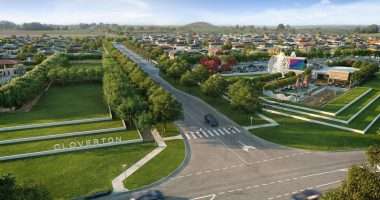- Land value growth could be used to fund the proposed high-speed rail network on the east coast of Australia, to help the project pay for itself, UNSW research shows
- The value of land and property in the vicinity of high-speed rail (HSR) stations could rise by up to $140 billion, with a large portion of that going towards the project’s construction
- A 2013 report yielded an estimate for the total cost of the HSR development of $114 billion, in 2012 dollars
- The paper says the value increase caused by the HSR and population expansion in the surrounding areas may be collected through a variety of strategies known as ‘value capture
- The tools available to ensure part of the advantages generated by public investment include betterment levies, developer charges and taxes on property transfers
Land value growth could be used to fund the proposed high-speed rail network on the east coast of Australia, to help the project pay for itself, UNSW research shows.
The value of land and property in the vicinity of high-speed rail (HSR) stations could rise by up to $140 billion, with a large portion of that going towards the project’s construction.
The UNSW City Futures Research Centre’s High-Speed Rail Value Uplift: Preliminary Investigation Report, released today, calculates estimated growth – or value uplift – in land values due to the HSR.
It suggests measures that direct economic growth from the HSR towards balancing its costs will let taxpayers share the advantages of rising property values while easing the financial burden on governments.
According to the report, the land surrounding a number of stations along the proposed HSR line on the east coast would see a significant increase in value, ranging from $48 billion to $140 billion, depending on the population growth scenarios used.
The projections incorporated both infrastructure-related value uplift for existing residential properties due to improved accessibility and planning-related value uplift due to land rezoned for residential use around the stations.
The Australian Department of Infrastructure and Transport commissioned two earlier reports into the feasibility of a HSR network, with the second report proposing two lines, connecting Melbourne, Canberra, Sydney and Brisbane by HSR.
It showed an estimate for the total cost of the HSR development of $114 billion, in 2012 dollars.
Professor Christopher Pettit, Director of the UNSW City Futures Research Centre, collaborated on the study with postgraduate researchers Will Thackway and Reg Wade as part of the Value Australia project, which was funded by the Federal Government’s Co-operative Research Centre Project.
“We expect the values to be a conservative approach to estimation and that the total value uplift could actually be higher,” Professor Pettit said.
“This is while still factoring in a profit for the developers after all the external costs, including stamp duty, legal fees and building costs.”
According to the paper, the value increase caused by the HSR and population expansion in the surrounding areas may be collected through a variety of strategies known as “value capture”.
The concept isn’t new – it was used to help pay for the construction of the Sydney Harbour Bridge – and has been utilised to fund a number of significant rail projects throughout the world.
Tools available to ensure part of the advantages generated by public investment include betterment levies, developer charges and taxes on property transfers. The value capture policy frameworks and structure put in place for the HSR in Australia determine how much value uplift can be collected.
“If you were to capture a substantial proportion of this value uplift, it could pay for a huge amount of the HSR,” Professor Pettit said. “You would be looking at tens of billions of dollars just from the residential value uplift alone, without even factoring in commercial, industrial and other beneficiaries.
“Some of that value capture could also be used to invest into housing affordability schemes. It doesn’t necessarily all need to go towards the infrastructure.
“It’s about ensuring that growth and benefits can be fairly and equitably distributed with maximum value.”







